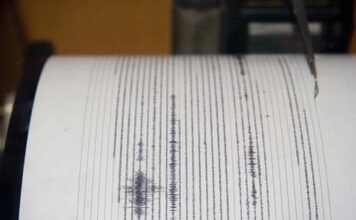Santa Clara County traffic planners are set to proceed with
flyover once final environmental report is approved
Hollister – Despite objections from county supervisors, the Santa Clara Valley Transportation Authority, if it gets Caltrans’ blessing, plans to move forward with its version of a flyover at the Don Pacheco Y because any delay could jeopardize funding to build the long-awaited project.
However, VTA officials also hope that the forthcoming environmental study for the project to fix the dangerous intersection at highways 152 and 156 will alleviate San Benito County’s fears that their design will dump more traffic onto local roads.
“We want all agencies to understand that this is a good project and support it,” said VTA spokesperson Brandi Hall.
The final environmental impact report that will be released in a few weeks will show that the flyover design chosen by the VTA is less expensive than a design preferred by COG and will not increase traffic in San Benito County, Hall said.
The dispute between the two counties first erupted when the VTA did not include the flyover design favored by the Council of Governments, San Benito’s transportation agency, in a preliminary environmental report for the project. According to Supervisor Pat Loe, the VTA agreed in 2003 to include both designs in the environmental report.
The version favored by San Benito County would create a flyover to take Highway 152 westbound traffic over the intersection and onto 156. The VTA, however, chose a design that would create a flyover to take eastbound 152 traffic from Gilroy over the intersection and back on to 152. That design would connect 152 westbound directly with 156.
Supervisors worry that trucks traveling over the Pacheco Pass would elect to drive down 156 to U.S. 101, causing road deterioration. Loe said she was meeting with the VTA and Caltrans this week to discuss how those agencies might mitigate damage to county roads if increased traffic does result from the flyover.
VTA officials have said that they chose the design they did because it is less expensive – by about $2 million – and fit the existing landscape better than the San Benito County’s favored design. In all, the project will cost about $33 million, and funding comes from a patchwork of federal, state and VTA dollars.
It has long been an inconvenience for motorists traveling to and from the Central Valley. Westbound motorists who want to get onto Highway 156 from 152 now have to make a left hand turn and cut across moving traffic, creating a safety issue and delays.
Good Samaritan motorists often stop to let traffic turn left on to 156, which can cause get-away weekend traffic to back up 13 miles to Gilroy.
“We need to have something done there,” said Board Chair Reb Monaco.












